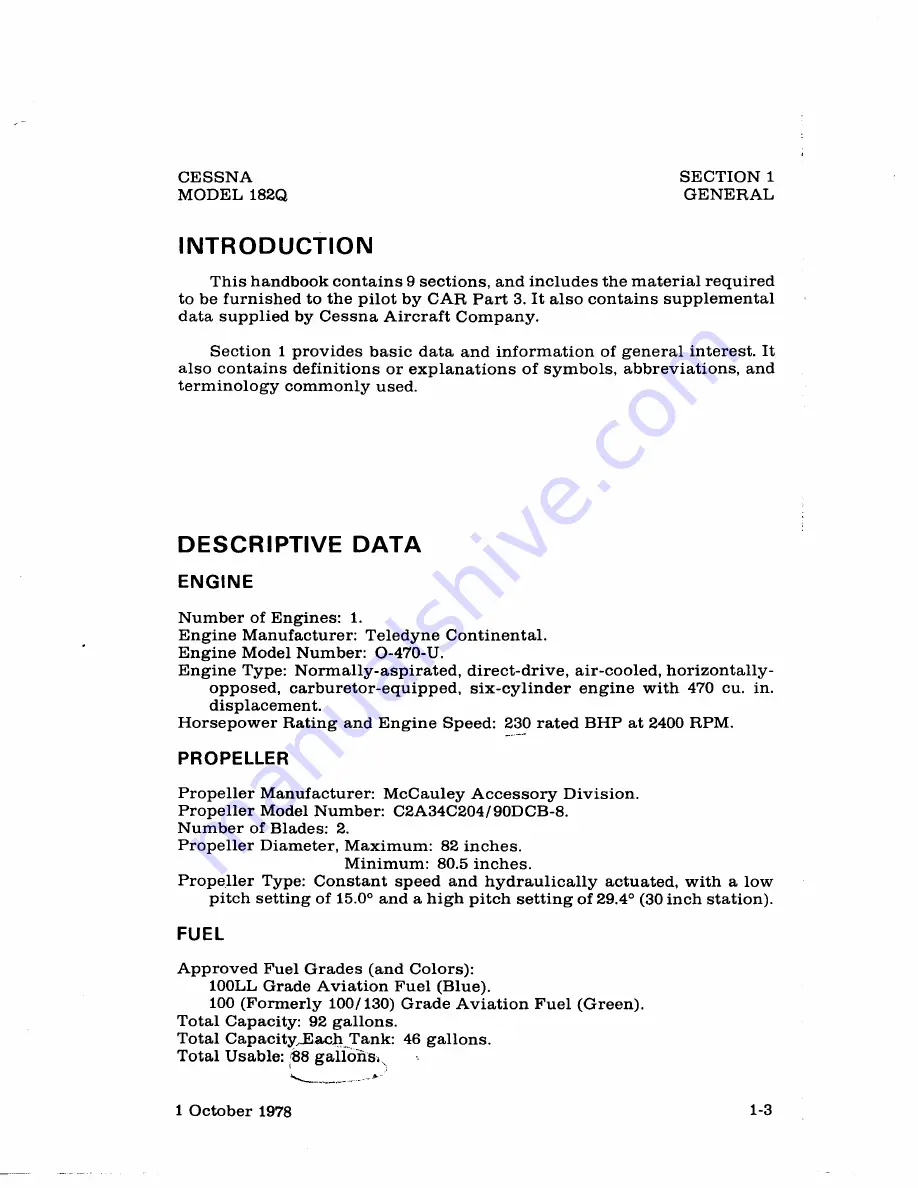Summary of Contents for 182Q 1979
Page 16: ......
Page 26: ......
Page 36: ......
Page 66: ......
Page 68: ......
Page 92: ......
Page 94: ......
Page 106: ......
Page 118: ......
Page 160: ......
Page 176: ......
Page 188: ......
Page 194: ......
Page 206: ......
Page 228: ......
Page 240: ......
Page 256: ......
Page 294: ......
Page 298: ......











































